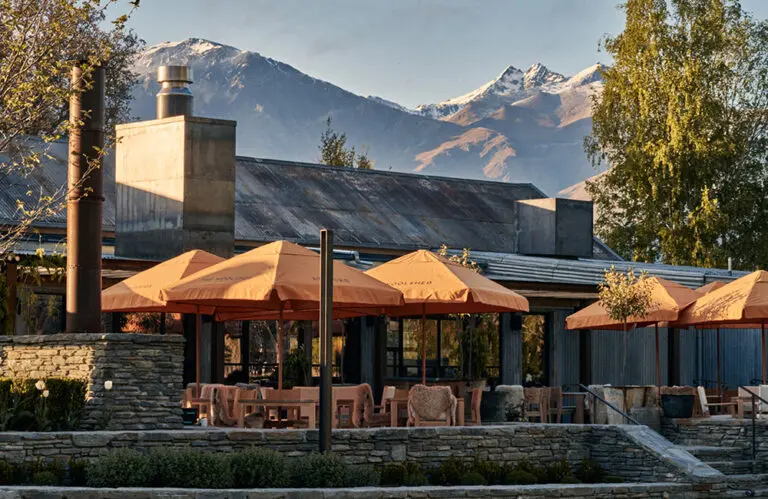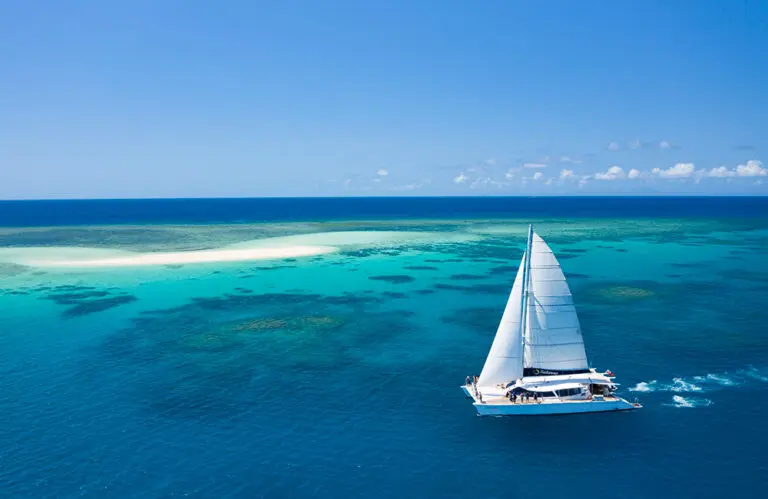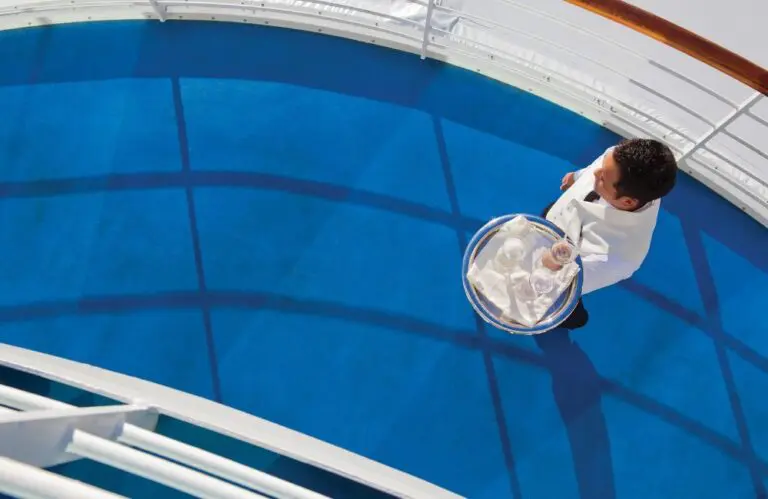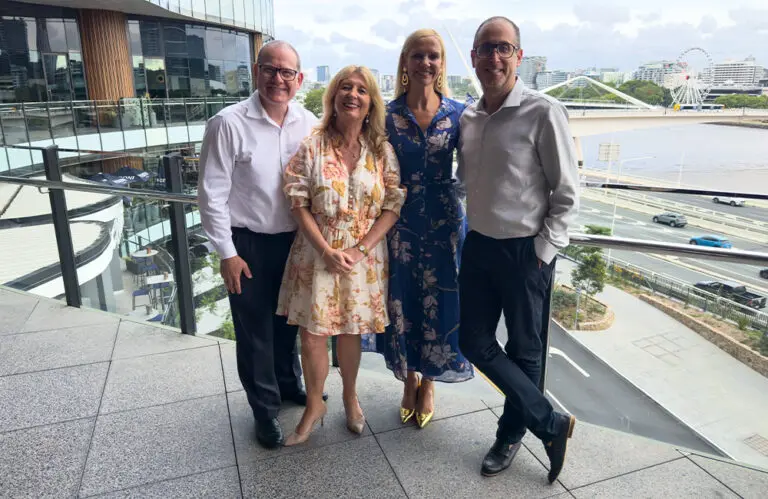When choosing a cruise, it’s hard not to be lured by the Med with its turquoise sea and countries steeped in history. Go on an all-inclusive cruise with Viking in November, and you can tick off four countries in eight days at a time when the crowds are gone and the weather is welcoming.
The ancient walled fort that encircles Dubrovnik’s Old Town is pulsing with life. Children’s laughter rings from open windows, while below, couples sit in paved courtyards sipping tea or tending to gardens. There’s the clink of glasses from people sitting in bars built into the side of the historic limestone walls facing the Adriatic Sea, as boats glide past the tiny isle of Lokrum in the distance.
About 1,000 people live in the Old Town we learn from our local tour guide, Marijana Violic, who can trace her ancestors back to the 16th century.
“All of the houses here are passed down; they are never sold, it’s not about economics, it’s about our ancestry,’ she says as we stand with her in the main square.
“It feels like a movie set, doesn’t it?’ she asks as we wander the silk-like limestone streets. The Old Town was, in fact, used for many scenes in Game of Thrones. The main street of the Old Town was used as the fictional city King’s Landing, while the nearby Fort Lovrijenac was the exterior of the Red Keep, and Jesuit Staircase, a grand Baroque staircase, was the ‘Walk of Shame’ scene – for those who know the series.
We’re here in November on board Viking Vela with eight leading Australian travel advisors as part of the Venice, the Adriatic and Greece cruise. We have stopped at a new port every day, and today is Dubrovnik’s turn – and if this day-long introduction doesn’t make you want to go back, I don’t know what will.
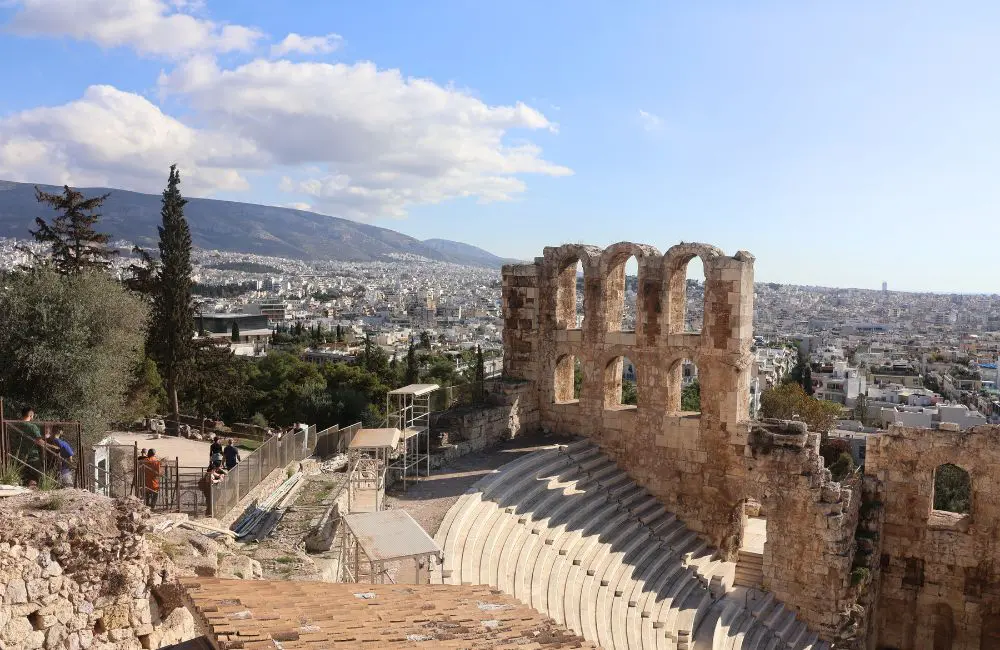
A voyage that begins in antiquity
We started our cruise in Athens. You can do this Med cruise one of two ways: Venice to Athens or vice versa.
We chose to arrive a day earlier and explore Athens, namely the Acropolis, and due to the time of year, it meant we could walk straight up to the ticket office, buy our tickets and head in, no queues in sight. Afterwards, once boarded and checked into your spacious stateroom, you open your curtains to a new destination every day – such is the blessing of night sailing.
As the ship departed Athens, we dined at Chef’s Table – an included, reservation-required dining experience where the menu rotates every few days.
For us, it was Korean night. We started with smoked soy-glazed eel, octopus and steamed egg custard, followed by crab meat, scallop, tobiko, avocado, mango and soba noodles, before a Korean soup pot of pork belly and Korean bean paste broth and a main course of Korean marinated beef short ribs – dishes as mouthwatering as they sound.

We wake to a perfect autumn day in Olympia, on Greece’s Peloponnese Peninsula, most popular as the birthplace of the Olympic Games which were held every four years from 776 BC. But, as our guide Julia tells us, it’s also the ‘vege garden’ of Greece thanks to the abundance of olive trees, citrus, fig and pomegranate.
Hours could be spent wandering here, or go for a short run on the original Olympic running track, which is still there. Julia shows us the remnants of statues erected with money from fines imposed by the judges on athletes who cheated, with their names engraved to publicly shame them and deter others from breaking the rules. It seemed to work.
In Corfu, our second port, we’re hit with a downpour, our only day of rain on the eight-day cruise, but we still manage to see the pretty Old Town – also UNESCO heritage-listed, as of course is the archaeological site of Olympia.
On our small transfer bus we watch the sea bash against the usually scenic waterfront, but on days like this, the ship with its many restaurants, spa with heated loungers, hydrotherapy pool, steam room and snow grotto is always calling.
Back on board, cruise director Katy Syrett, who you’ll hear regularly over the ship’s speaker when there are important announcements to be made, tells us to rise early if we want to see what she’s promising will be a jaw-dropping entry to Kotor the next day – and we slip into a deep sleep awaiting another day in the Med.
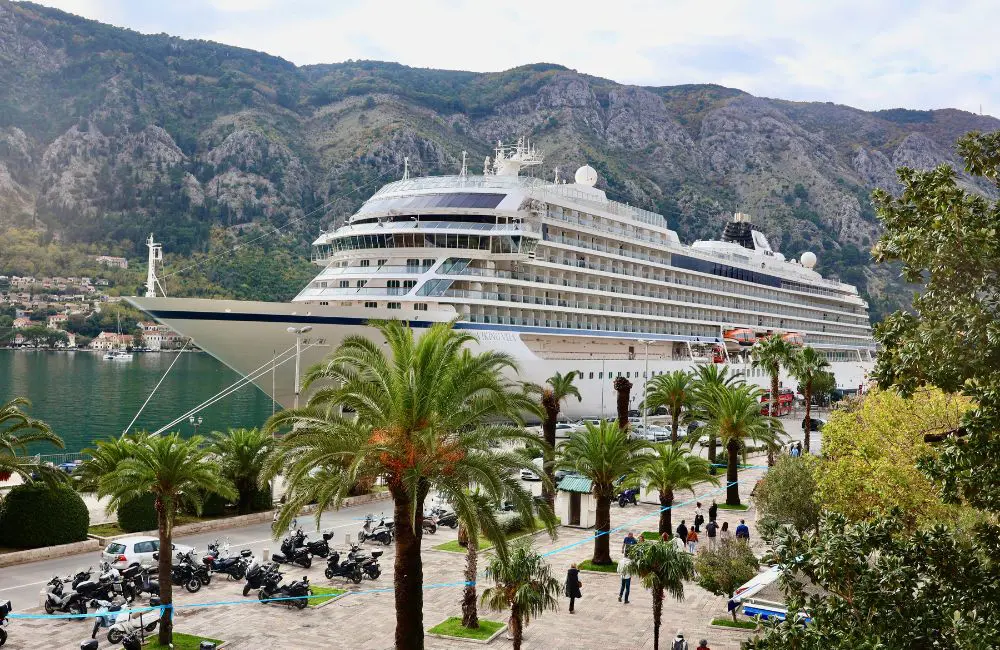
Old Town wonders and memorable melodies
We peel back the curtains around 6.30am to the glassy waters of the Bay of Kotor, where beyond mountains rise like oversized sand dunes.
Here, Viking had ‘Grandfather rights’, meaning we can pull in at the prime cruise parking spot literally outside the Old Town, so there were no queues or having to get tender boats in and out of the bay.
We spend the day exploring the medieval architecture – churches, cathedrals, palaces, and museums along with the many cats that freely roam among the ancient structures. In fact, there are so many of the felines here, there’s even a cat museum, and every souvenir store has cat memorabilia.
That night, we’re treated to a small-group concert by Darko Nikčević and Srdjan Bulatović, who have gained international acclaim (and many awards) for their virtuosic guitar performances.
This once-in-a-lifetime experience is in the St Nicolas Franciscan Monastery, which sits on the water’s edge, across the bay from our ship. It’s one of the privileged access events you can do with Viking, and an experience that will stay with you long after the music stops.
Pretty Dubrovnik was our next port. If I had missed the ship anywhere, I would have wished it was here.
Hours could be spent walking the hills to ancient ruins and churches built into the cliff face, wandering the cobbled lanes of the Old Town and sitting with an Aperol spritz or coffee and simply watching the world go by.
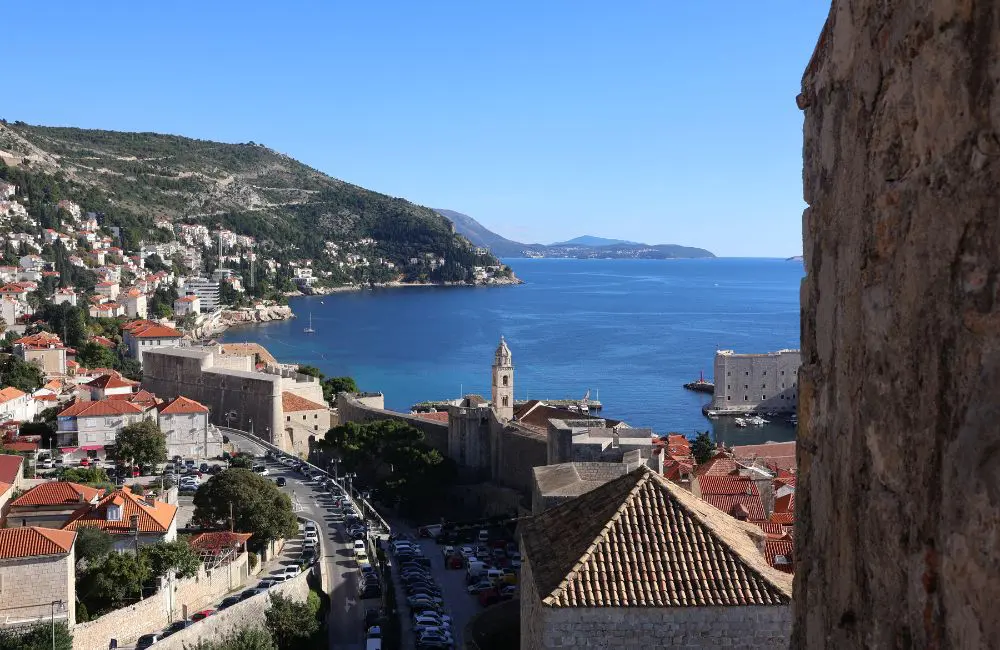
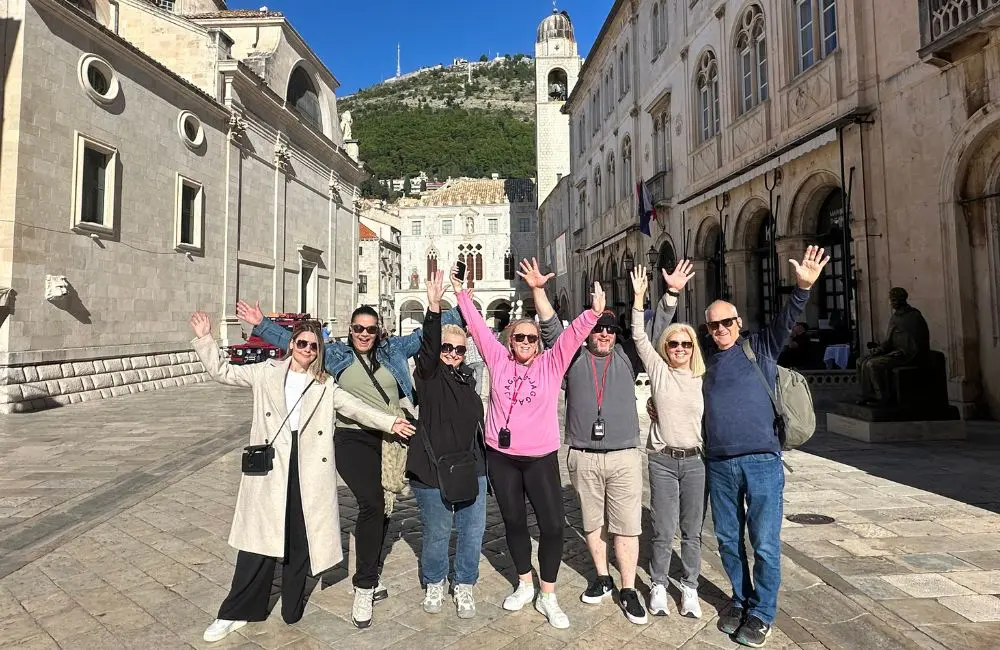
Split, one of the oldest places in Croatia and its second biggest town is our next destination. Here you can walk from the port to one of the best preserved Roman palaces in the world, where above locals live. The palace was finished in 305 AD and as our guide tells us, ‘When you find something Roman, it stands, it’s there because when Romans built it, they built it right.”
After the tour, we climb the bell tower of the Cathedral of Saint Dalmatia, where you’re rewarded with stunning views across the red-roofed houses and bluer than blue sea.
We dine that night at Manfredi’s Italian restaurant, where all of the pasta is made on board – and you can taste it. Our group ends up ordering multiple dishes of the same creamy pumpkin ravioli after watching the reaction of the first person to dine on it. And it didn’t disappoint.
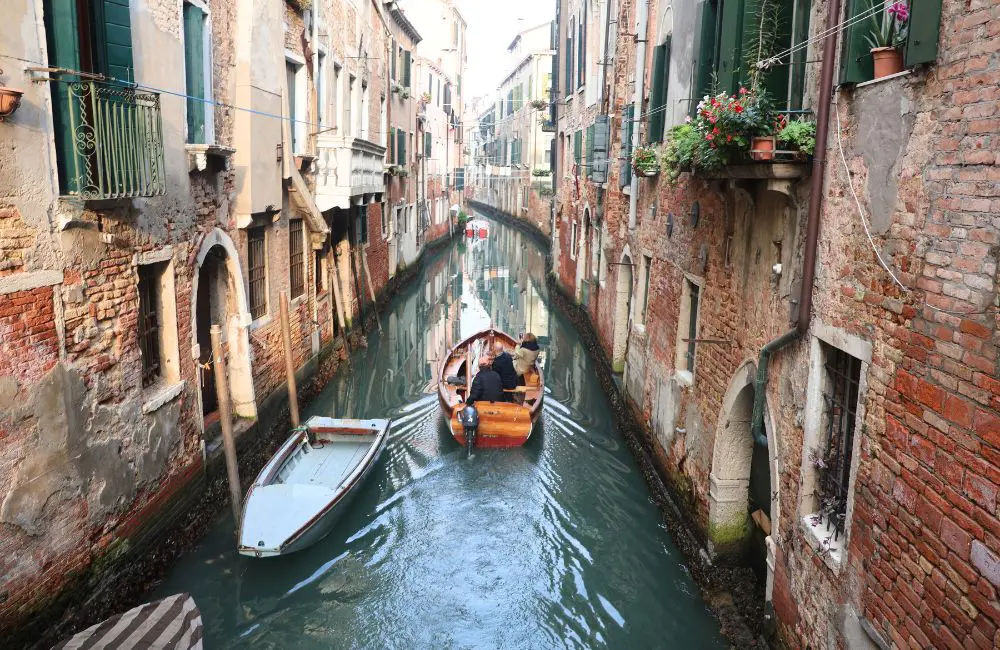
Our final day is spent in the incomparable Venice, wandering the streets of the Old Town on a ‘Hidden Venice Tour’ to places many rarely see: tiny churches locals have set up in cave-like underpasses deep in the city, the high water bookstore Libreria Acqua Alta, self-proclaimed as the most beautiful bookstore in the world (and who are we to argue), and to watch local artisans at work through studios facing cobbled laneways.
The houses here, too, much like Marijana Violic explained to us in Dubrovnik, are only passed down through ancestry and rarely sold. It’s a way to ensure the preservation of life here.
“This is our home, this is something we treasure. I see it as my living room,” Violic tells us as we’re standing in Dubrovnik’s Old Town.
It’s that respect and passion for these places we hear from every one of our local guides who take us in small groups, where guides have the chance to tell their personal story and give us a glimpse into their ancestry. This, it feels, is what travel is meant to be: an insight into an ancient history with passionate people who deeply know the place.
For more information, visit Viking.



